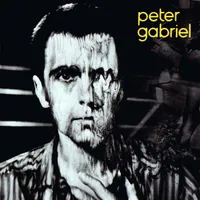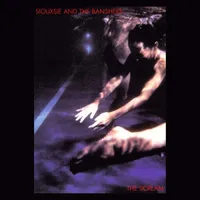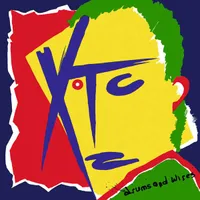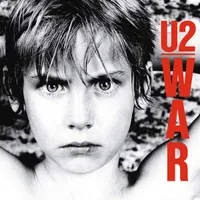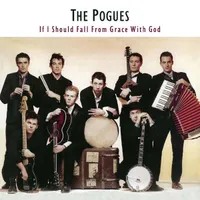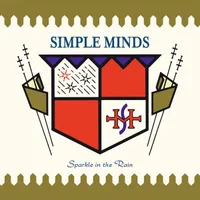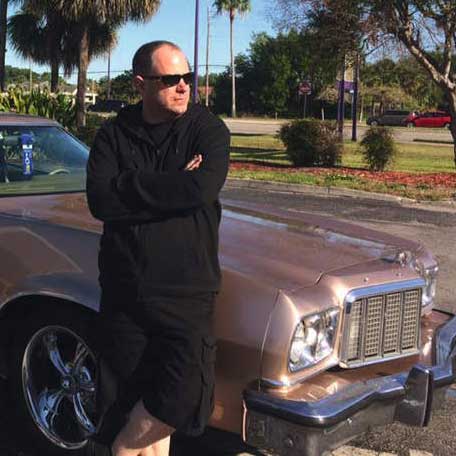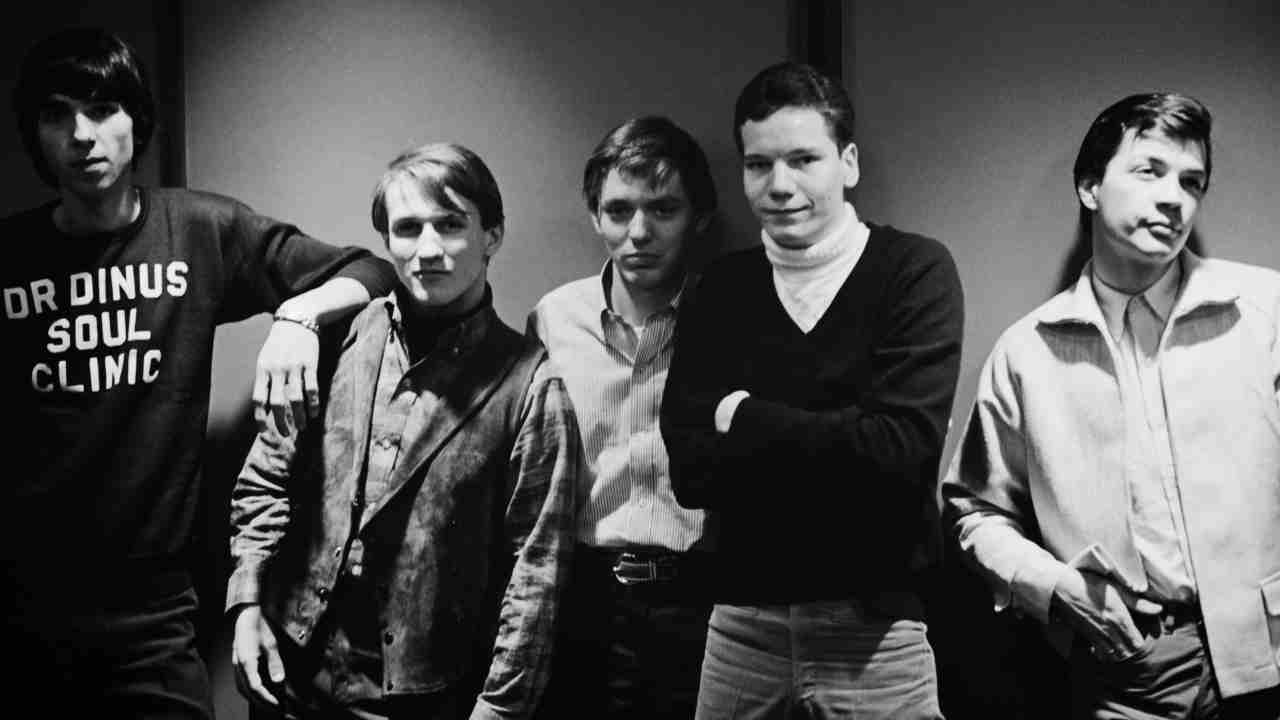The man who invented the 80s sound: Albums produced by Steve Lillywhite you need to know, and one to avoid
Producer Steve Lillywhite has his fingerprints all over a number of top rock, post-punk, new wave and art-rock albums
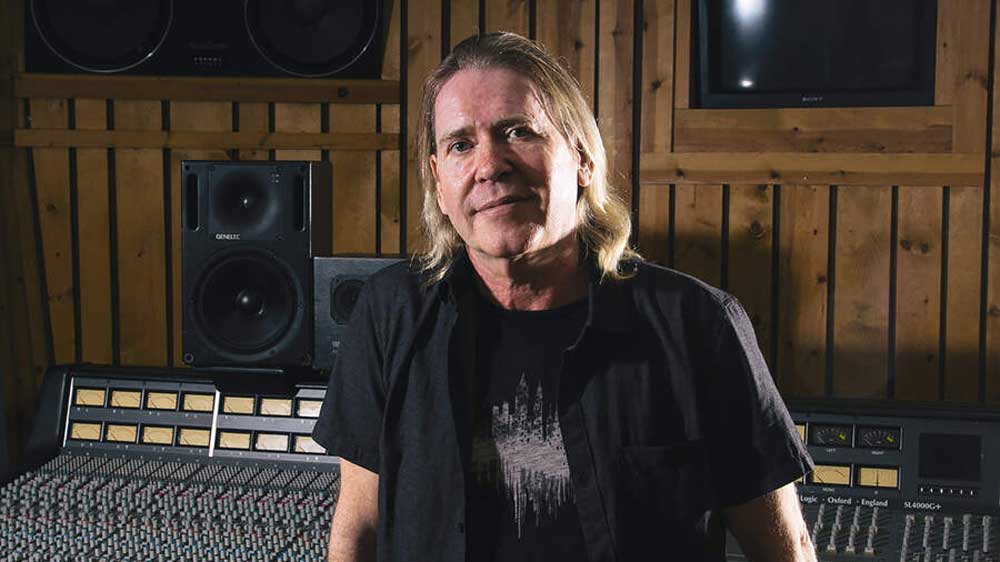
Steve Lillywhite was as synonymous with the 80s as big hair, spandex and leg warmers. Working with engineer Hugh Padgham on Peter Gabriel’s solo career-defining third album, the duo inventively used the music compression technique of gated reverb. It quickly became a trademark 80s sound.
Lillywhite had worked on it prior to Gabriel’s third, gradually honing the sonic sculpture: instead of letting a drum ‘hit’ die away naturally, he cropped its decay soon after its initial hit, creating a punchier ‘thud’ rather than a sustained ‘boom’.
That sound was most notably demonstrated on Phil Collins’s In The Air Tonight from 1981’s Face Value (which was co-produced by Collins and Padgham), following the latter’s work with Lillywhite on the Gabriel album.
Lillywhite’s formative years coincided with the advent of synth-pop as well as post-punk. While not directly involved, electronic music’s pioneering creativity of the era was an influence on Lillywhite and he co-produced Ultravox’s 1977 debut along with the band and Brian Eno. Lillywhite had previously helped the band get signed to Island Records by working on their demo.
Working as an engineer/mixer on Golden Earring’s Contraband (1976) and Live (1977), he then produced debut albums for both ex-New York Dolls/Heartbreakers guitarist Johnny Thunders and his brother’s band The Members.
That combination of producing trad rock and post-punk new wave/art-rock became Lillywhite’s modus operandi – despite his love of blues and prog, plus his admiration of pop supremo, Trevor Horn.
Banshees manager Nils Stevenson – a friend of Johnny Thunders – was impressed by Lillywhite’s drum sound on You Can’t Put Put Your Arms Around A Memory while visiting the studio during the So Alone sessions, and hired him for the Banshees. His seminal work on The Scream made him the obvious choice for the landmark postpunk palette of XTC’s Drums & Wires. Peter Gabriel then hired Lillywhite for that third – and superior – album of his initial, same-named, solo records.
A remarkable career followed. The six-time Grammy-winning Steve Lillywhite CBE produced Talking Heads, Toyah, Phish, Counting Crows, The Killers, Dave Matthews Band, The La’s, Morrissey and many more.
“It wasn’t that I was looking for the sound I wanted,” he said of his skill, “I rejected all the sounds that I didn’t like until I ended up with something I could accept.”

The Pogues - If I Should Fall From Grace With God (Warners, 1988)
<p>A band whose members Lillywhite maintained that he “had to record early”, without any real need to elaborate on his meaning. <em>Rum, Sodomy & The Lash was a masterpiece, but <em>Grace was the enormous commercial breakthrough. <p>Despite the back-and-forth of Lillywhite’s wife Kirsty MacColl duetting with <a href="https://www.loudersound.com/features/a-tribute-to-shane-macgowan">Shane MacGowan on <em>Fairytale Of New York, their vocals were recorded separately. But deep cuts like <em>Thousands Are Sailing and <em>The Broad Majestic Shannon are the real gems here. As the band’s sound matured, they worked with Lillywhite at the ideal point in their career....and one to avoid
You can trust Louder
Sign up below to get the latest from Classic Rock, plus exclusive special offers, direct to your inbox!
A regular contributor to Louder/Classic Rock and The Quietus, Burrows began his career in 1979 with a joke published in Whizzer & Chips. In the early 1990s he self-published a punk/comics zine, then later worked for Cycling Plus, Redline, MXUK, MP3, Computer Music, Metal Hammer and Classic Rock magazines. He co-wrote Anarchy In the UK: The Stories Behind the Anthems of Punk with the late, great Steven Wells and adapted gothic era literature into graphic novels. He also had a joke published in Viz. He currently works in creative solutions, lives in rural Oxfordshire and plays the drums badly.
